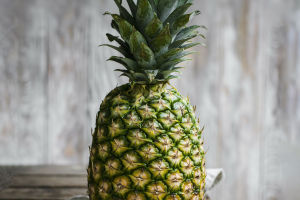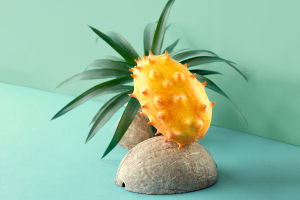Popcorn is a beloved snack, enjoyed at movie theaters, parties, and even at home. Its satisfying crunch and delightful aroma make it a favorite treat for many.
But Lykkers, have you ever wondered how those hard kernels transform into fluffy, crunchy morsels? The science behind it is fascinating and involves a unique combination.
This simple yet extraordinary process not only highlights the wonders of food science but also adds an extra layer of appreciation for this tasty snack. Let’s dive into the intriguing process of how popcorn is formed and uncover the secrets behind its magical transformation.
The Anatomy of a Popcorn Kernel
At the heart of popcorn’s transformation is the kernel itself. Each kernel is composed of three main parts:
Pericarp (Hulls): The hard outer shell.
Endosperm: The starchy interior that makes up most of the kernel.
Germ: The seed embryo, which can grow into a new plant.
The Role of Moisture
Popcorn kernels have a small amount of water stored inside their starchy endosperm. This moisture content is crucial for the popping process. The ideal moisture level for popcorn is about 13.5% to 14%.
The Popping Process
Heating: When popcorn kernels are heated, the water inside begins to turn into steam.
Pressure Build-Up: As the temperature rises, the steam generates pressure inside the kernel. The pericarp is strong and resistant, keeping the pressure contained.
Explosion: Once the kernel reaches a temperature of around 180°C (356°F), the pressure becomes too much for the pericarp to hold. The kernel bursts open, turning inside out.
Starch Expansion: The heat gelatinizes the starch in the endosperm, causing it to expand and foam, forming the fluffy texture we recognize as popcorn.
Types of Popcorn
There are two main types of popcorn:
Butterfly Popcorn: Known for its irregular shape and large volume, commonly found in movie theaters.
Mushroom Popcorn: Round and compact, ideal for caramel and candy coatings due to its sturdy shape.
The Science Behind the Crunch
The delightful crunch of popcorn comes from the rapid cooling and solidification of the starch foam after the kernel bursts open. This creates the airy, crispy texture that makes popcorn so enjoyable to eat.
Fun Facts About Popcorn
Historical Snack: Popcorn dates back thousands of years, with evidence suggesting that ancient civilizations in the Americas enjoyed it.
Healthy Option: Plain popcorn is low in calories and high in fiber, making it a healthy snack option.
Versatility: Popcorn can be flavored in countless ways, from classic butter and salt to more adventurous options like cheese, caramel, or even spicy chili.
Popcorn's journey from a hard kernel to a fluffy snack is a fascinating example of science in action. The combination of heat, moisture, and pressure transforms the humble kernel into a delightful treat enjoyed by people all over the world.
Lykkers, next time you enjoy a bowl of popcorn, you can appreciate not just its taste, but the intriguing science behind its creation.
How Popcorn Works | How Things Work with Kamri Noel
Video by Nat Geo Kids


